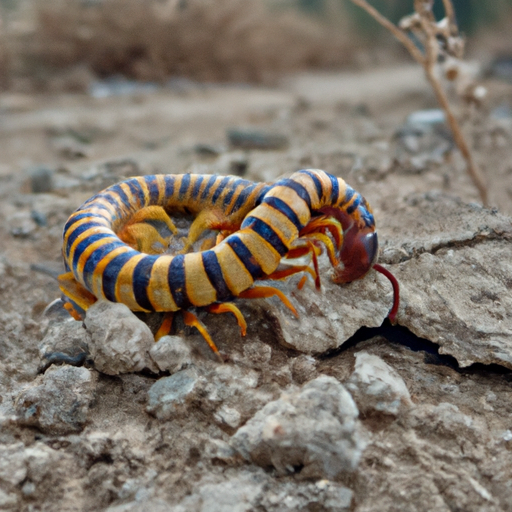 Introduction:
Introduction:
Nitrogen is an essential element for all living organisms as it plays a crucial role in various biological processes, including the synthesis of proteins, nucleic acids, and other vital molecules. While plants have long been known to assimilate nitrogen through their root systems, the question arises: can animals assimilate nitrogen too? In this comprehensive article, we will delve into the mechanisms and strategies employed by different animal species to assimilate nitrogen, focusing on the most prominent examples across the animal kingdom.
Nitrogen Assimilation in Animals:
Unlike plants, which can directly absorb inorganic nitrogen from the soil, animals lack the necessary machinery to perform this task. However, animals have evolved diverse mechanisms to obtain nitrogen indirectly through their diet or symbiotic relationships with other organisms.
1. Nitrogen Assimilation through Diet:
The primary route for nitrogen assimilation in animals is through their dietary intake. Animals acquire organic nitrogen in the form of proteins, amino acids, and other nitrogen-containing compounds by consuming plants or other animals. Once ingested, the process of nitrogen assimilation begins.
2. Digestion and Absorption:
In the digestive system of animals, proteins are broken down into amino acids by enzymes, such as proteases, in the stomach and intestine. These amino acids are then absorbed into the bloodstream through the intestinal walls.
3. Amino Acid Utilization:
Once absorbed, amino acids serve as building blocks for the animal’s own protein synthesis. Some amino acids can be directly incorporated into the animal’s cellular proteins, while others may undergo further processing to produce specialized molecules or serve as precursors for other essential compounds.
4. Nitrogen Recycling:
In addition to synthesizing new proteins, animals have developed mechanisms to recycle nitrogen from endogenous sources. For instance, nitrogenous waste products, such as urea or ammonia, are excreted by animals, but before elimination, they can be broken down and their nitrogen content can be reutilized for protein synthesis or other metabolic processes.
5. Nitrogen-Fixing Symbiotic Relationships:
Certain animals, particularly invertebrates, have established symbiotic relationships with nitrogen-fixing bacteria. For instance, termites harbor specialized bacteria in their gut that can convert atmospheric nitrogen (N2) into ammonia (NH3) through the process of nitrogen fixation. The ammonia produced by these bacteria can then be utilized by the termite for its own metabolic needs.
Conclusion:
While animals cannot directly assimilate atmospheric nitrogen (N2) like plants, they have evolved various strategies to obtain and utilize nitrogen through their diet and symbiotic relationships. By ingesting nitrogen-rich compounds and efficiently recycling endogenous nitrogenous waste, animals ensure a continuous supply of this essential element for their growth, development, and overall metabolic processes. Further research into the diverse mechanisms of nitrogen assimilation in animals has the potential to provide valuable insights into the intricate interplay between organisms and their environment.
